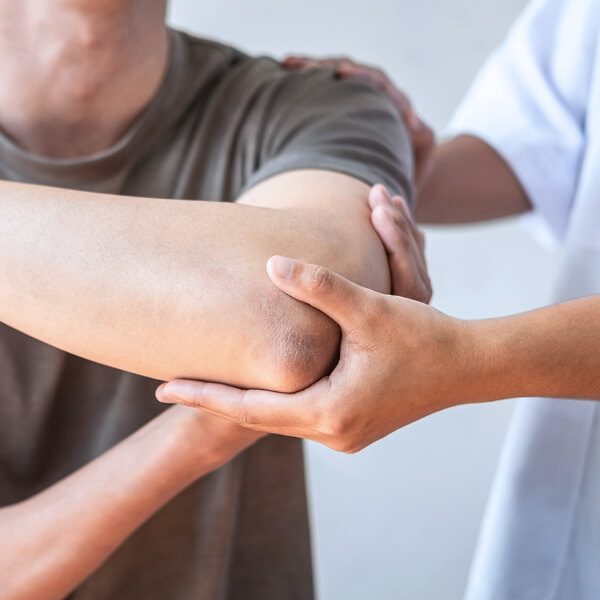Investigating the Effect of Manual Treatment Methods on Alleviating Muscle and Joint Pain and Improving Patient Outcomes
Investigating the Effect of Manual Treatment Methods on Alleviating Muscle and Joint Pain and Improving Patient Outcomes
Blog Article
Hands-on treatment methods are hands-on methods used by healthcare professionals to address musculoskeletal discomfort. These techniques include different forms of manipulation and mobilization of the body’s muscles and joints. The objective of manual treatment is to alleviate discomfort, improve mobility, and boost overall performance. Numerous people experience muscle and joint discomfort due to injuries, suboptimal posture, or conditions like joint inflammation. By using manual treatment, therapists aim to tackle these issues and help patients recover their quality of life.
One frequent hands-on treatment method is spinal adjustment. This technique involves applying controlled force to the vertebral column to enhance positioning and reduce pain. Research has shown that spinal adjustment can be beneficial in managing lumbar back discomfort and cervical discomfort. Another technique is soft tissue mobilization, which focuses on relieving tension in the muscles and connective tissues. This can help reduce rigidity and improve range of motion, making it simpler for clients to navigate without pain. Both methods can be customized to meet the specific needs of each patient, ensuring a custom method to care.
In addition to pain relief, manual therapy can enhance patient outcomes in various ways. For instance, it can improve circulation, which helps deliver nutrients and essential elements to the injured areas of the body. Better blood flow can also promote healing and reduce inflammation. Furthermore, manual therapy can help clients develop better body awareness, which is crucial for preventing subsequent trauma. By understanding how their bodies click here for more info move, clients can make better knowledgeable decisions about their activities and alignment, leading to sustained advantages.
The efficacy of hands-on treatment is often backed by client responses. Many individuals indicate notable gains in their pain levels and overall function after receiving treatment. This positive response can lead to greater drive for patients to participate in physical activity and rehabilitation programs. When clients feel better, they are more likely to engage in their recovery process, which can further enhance their outcomes. This collaborative approach between the therapist and the patient is crucial for attaining enduring outcomes.
In conclusion, hands-on treatment methods play a vital role in alleviating muscle and joint pain and enhancing client results. By using techniques such as spinal adjustment and gentle tissue mobilization, healthcare professionals can help patients regain movement and alleviate pain. The advantages of hands-on therapy extend beyond instant discomfort alleviation, as it also encourages recovery and encourages patients to take an proactive role in their rehabilitation. As an increasing number of individuals look for efficient treatments for muscle and joint issues, manual therapy remains to be an essential option in the realm of medicine.